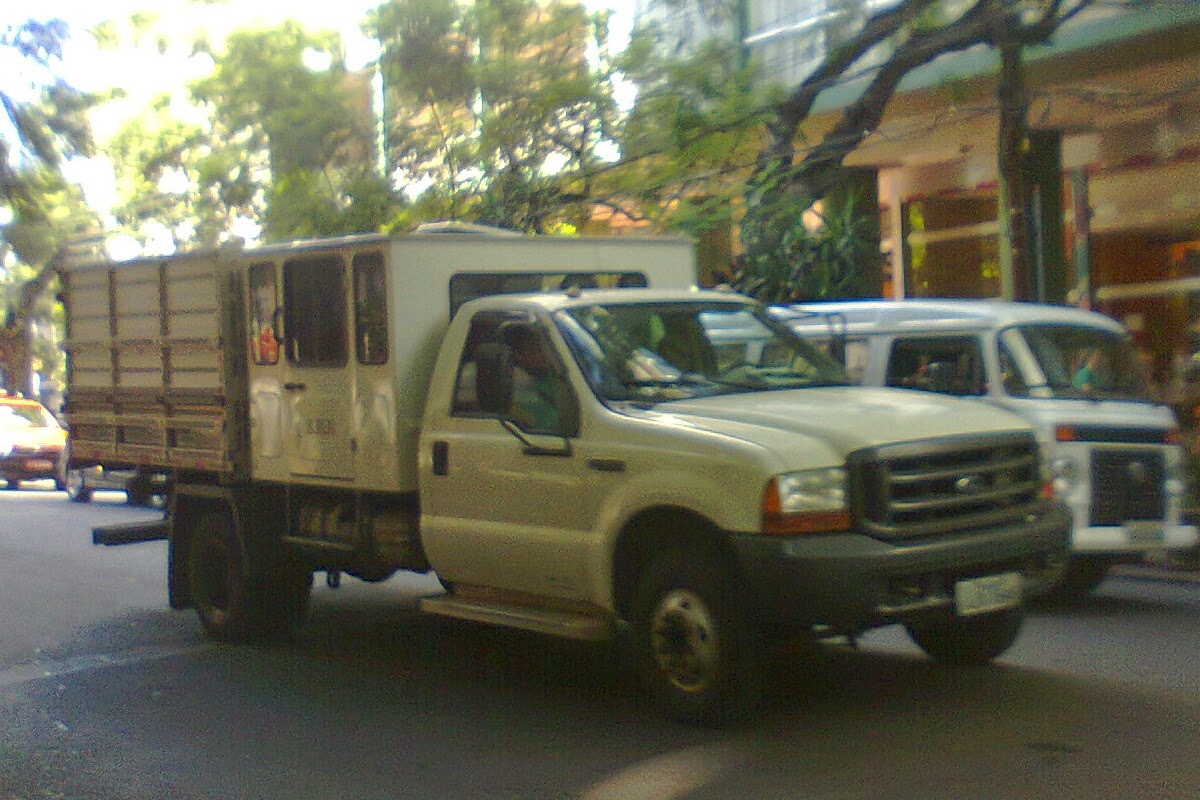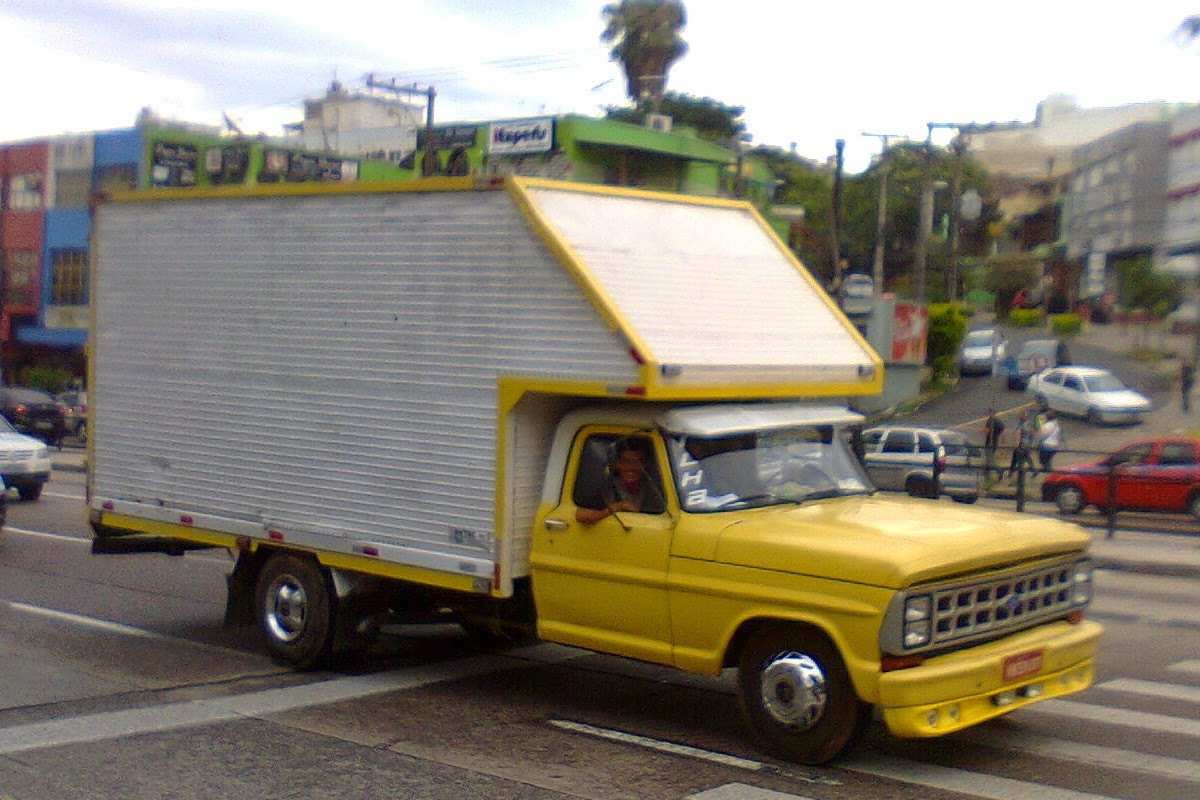Nowadays, even a full-size such as a Ford F-450 fitted with a Cummins B3.9 (the good old 4BT) can be as throttle-responsive as one fitted with a gasser V8, no wonder this was the only engine available for a South American equivalent of the F-450 from late '98 to 2011. The cost of a V8 Diesel engine, such as the ones used in North America, would be too high for Brazilian buyers, who couldn't afford the Diesel option as a premium feature.
Historic competition between Mercedes-Benz LN trucks and the F-Series in the Brazilian market is often pointed as the main reason leading Ford to move towards 4-cylinder Diesels in the 70's. Mercedes-Benz not just got a clear advantage due to the parts commonality of its OM-314 engine with the OM-352 used in medium-duty trucks and bus frames but also because these engines were also supplied to other OEMs which fitted it into stationary/industrial appliances and special machinery, making the availability of spare parts easy, and Ford couldn't get a constant supply of any Diesel V8 similar to the International 6.9L IDI used in the United States, so the quickest solution was to fit the agricultural 4.4L engine into the trucks, with a locally-sourced MWM D-226-4 (lately a D-229-4) also available.
MWM would eventually become a Navistar company, and make the V8 engines in Brazil to fit them into International medium-duty trucks and RHD versions of the F-250 and F-350 exported to Australia, but for the versions aimed for sale in Brazil and other regional export markets Ford would keep the 4-cylinder engines, which became supplied exclusively from Cummins in late '98.
What could be pointed as a downgrade exclusive for the Third World, however, is getting attention from Americans who are becoming kinda tired of wasting their money for that one-size-fits-all deal. The increasing complexity of the V8 turbodiesels, which became more targetted to private users, and the sky-high premium cost they're charged for, is leading to some changes in the perception of 4-cylinder engines among the customers, and taken more seriously as a viable option by people who just seek for a no-frills workhorse instead of a fancy "redneck limo" to show off.
Anyway, a 4-cylinder turbodiesel can be a good choice even for a leisure-oriented truck. The one shown in these pictures is an F-250 (not an Excursion) made in Brazil, factory-fitted with a 203hp common-rail Cummins ISB3.9 and an Eaton 5-speed manual transmission, with the 6-door SUV bodywork by Tropical Cabines, a company specialized in crew-cab conversions. Actually, very few people who buy a Diesel truck for non-commercial purposes would really care if there's a small 4-banger or a fancy V8 under the hood
Most of these conversions are, actually, deemed illegal because of differences in the emission certifications of the engines and the vehicles, even if a Diesel engine originally fitted to a Class 5 truck has lower emissions than a gasser V8 that could be legally fitted into a Class 2 rig such as a Hummer H2...
Anyway, the so-called "working class heroes" are still more receptive to 4-cylinder turbodiesels, usually taking their current availability in the Japanese cab-forward trucks such as the Mitsubishi Fuso Canter as a reference of their suitability to the needs of an American operator. So, since U.S.-spec versions of the Canter are fitted with a high-speed 3.0L 4-cylinder turbodiesel outsourced from FPT (Fiat Powertrain), why can't a similar engine become available for a conventional bonnetted-cab truck with a lower GVWR?














My company would need something like the Isuzu NPR. We are hauling some office cargo for another company. It looks like a good reliable vehicle. http://www.accesstrucks.com
ReplyDeleteIt's not a 3rd-world "privilege", Euro commercial vehicles have used 4-bangers for a long time too.
ReplyDeleteExcellent website you have here but I was curious if you knew of any community forums that cover the same topics discussed here?
ReplyDeleteI'd really love to be a part of online community where I can get
comments from other experienced people that share the same interest.
If you have any recommendations, please let me know. Cheers!
4btswaps.com
Delete